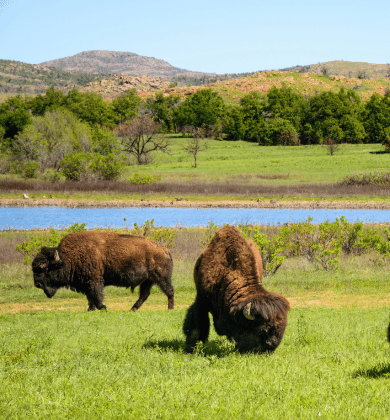
Essential Tips to Keep Wildlife Wild While RVing
Key Highlights
-
Keep wildlife safe by observing them from a safe distance and follow the rule of thumb to avoid stressing or startling them.
-
Keep campsites clean and minimize trash to protect critters from harmful pollution and entanglement.
-
Practice responsible food storage by keeping human and pet food away from wildlife habitats.
-
Respect native plants, wildlife habitats, and follow conservation principles while camping in national parks.
-
Avoid feeding or touching wildlife, as it can harm their natural behaviors and jeopardize their survival.
Understand Why it is Important to Keep Wildlife Wild while Camping
It’s important to see how being around wild animals can affect them. When you move into their spaces, you might change the way they live without meaning to. Climate change and the loss of natural resources have already made life hard for many animals. This means what you do can matter a lot to their survival.
When you put the safety of wild animals first while camping, you help protect them and support the conservation of nature. What you do now helps keep the environment safe for the people who come after us.
The Impact of Human Presence on Canadian Wildlife
Human visitors often do not know how much they can upset wildlife and their homes. Loud noises from people cause stress for the wild animals living in every habitat. This can get in the way of their instincts and how they usually act every day. If there is a lot of loud noise around, mammals and reptiles may get scared. Some of them might run away and leave behind their safe spots.
If people leave out human food, wild animals such as racoons and bears start to depend on it instead of what they would usually eat. That change can be bad for them, making them more aggressive, or causing other problems with their health. One good way to take care of this is to always store food the right way and not leave anything behind.
Road collisions are also a big risk for animals. Many wild animals are at risk, including turtles, coyotes, bear, moose and deer. A lot of them die or get hurt on the roads. When you drive, you should be vigilant and constantly look out for them in known wildlife areas. Taking simple steps helps protect these animals and makes you a good guest when you visit their home.
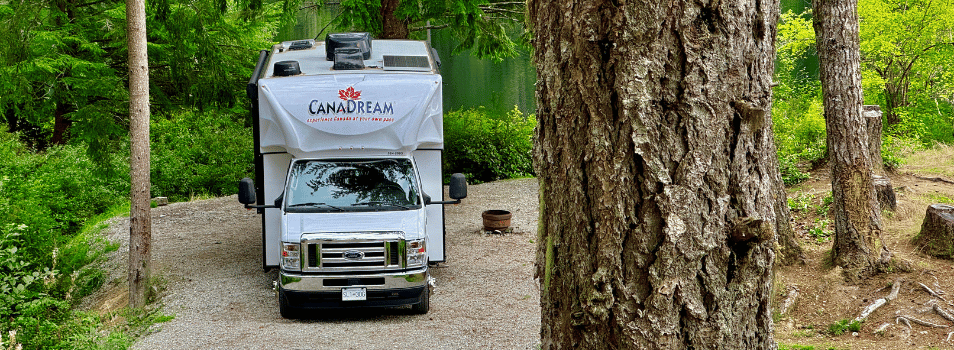
Why Does Protecting Wildlife Matter for Future Generations?
Making sure wildlife is safe today is a good way to help our planet for years to come. The conservation of nature helps keep many kinds of living things safe, and it saves important places needed for all life.
Protecting endangered species — like the ones known to be at risk in Canada —is key for keeping natural areas with native plants healthy. If we lose these species, we could see native plants and other parts of the ecosystem start to disappear too. Every small step you take can help protect the way life depends on each other.
Also, when we save active wildlife areas, we help make sure that kids in the future will get to see monarch butterflies, walk on quiet nature trails, and enjoy wild animal habitats. If you do the right thing now, you help keep the planet special for many generations. It is our job to help, and knowing this can encourage campers to stand up and really help make a change.
Preparing for a Wildlife-Friendly Camping Trip
Respectful camping starts with good planning. It is important to remember the wild animals that live out there. A good rule of thumb is to use advice from parks and experts. This helps you make choices that are best for nature.
When you plan, always think about being responsible. Pack things that will not harm the area or the wild animals. Learn how you can be safe around them too. If you do these things, your camping trip will not bother the wildlife much. You can have a good time in nature without feeling bad. Now, let’s take a closer look at what you can do.
Researching Local Wildlife and Regulations
Knowing the types of wildlife in the area is the first thing to do for wildlife-friendly camping. Before you go, take time to learn about the animals that live in the national parks or sites you want to visit. Ask yourself if you might see coyotes, mountain lions, or reptiles. When you get to know what animals are there, you can avoid risky situations.
Also, know the rules for that place. For example:
-
Many parks want you to keep food stored away from animals so you do not attract them.
-
Some parks ask you to take out invasive plant species from campsites, but you should not hurt native plants.
When you get used to the rules, it will lower your chance of getting a fine or having other trouble. You can talk to park rangers or look at good sources online for more advice. Doing your research helps you stay safe and follow responsible camping habits.
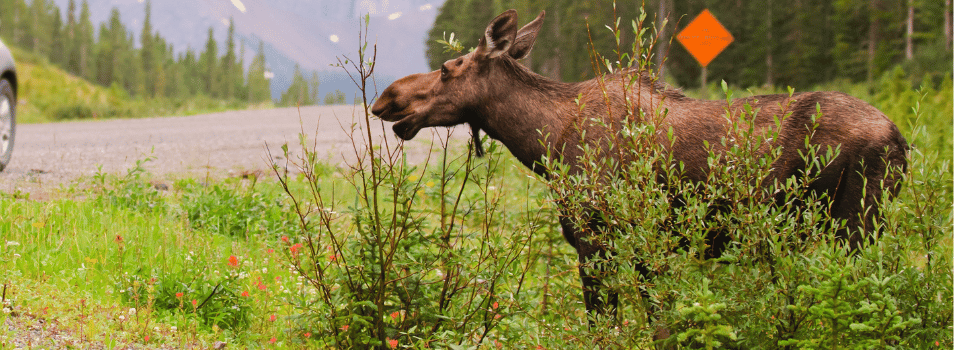
Packing Essentials for Responsible Camping
When you make your packing checklist, remember to put in things that help protect wildlife and keep everyone safe outdoors. What you choose to pack is important. This helps you not disturb any critters by accident.
Key essentials include:
-
Bear spray: This is good to have because it works well to keep bears away without harming them.
-
Insect repellent: Pick an eco-friendly one so you do not hurt the habitat or the animals in it.
-
Sealed containers: Make sure you use these for your and your pet food. This keeps out wild animals and stops critters from getting into something that could hurt them.
Also, try not to take anything that brings in wild animals by mistake or does harm to where they live. Some parks tell you what camping gear you can have. Check the recommendations before you go. By thinking ahead and making the right choices, you get a better time at camp and help keep the outdoors safe for us all.
Setting Up a Safe and Respectful Campsite
When camping in a non organized area, choosing the right campsite is important for a safe stay and for nature.
When you stay at the site, follow leave no trace principles like throwing away less waste and keeping out of places you should not go. This helps care for the area and the wildlife in it. By setting up your camp in this way, you help keep the environment safe and the natural look of the protected place. Here’s how to choose well.
Choosing the Right Campsite Location
When you look for a campsite in a non organized area, try to pick a spot with open space. This helps you see better, keeps you from bumping into wild animals, and allows wildlife to stay in their own areas without being bothered.
If you are camping in provincial or national parks in an RV, you will be assigned your camping spot but always pay attention to the rules. This way, you help protect the land and everything living there. Do not clear bushes or remove native plants unless you have to. Doing this small thing lets other animals and plants do well in their home.
It is good to choose places where not many people go. Low-traffic spots help lower loud noises and stop big disruptions. By picking the right place, you respect nature and enjoy the outdoors in a calm way. This helps keep the balance in the world around us.
Minimizing Disturbance to Wildlife Habitats
To help keep wild animals wild and protect their homes, make sure you keep noise down. Mammals and reptiles are very sensitive to sounds and get upset quickly. Do not shout or play loud music when you are camping.
Invasive plants can hurt the homes where these animals live. Before you set up camp, look around to check for any of these plants. Try to remove them with care. If that is not possible, pick another spot so there will be less trouble for the area.
Be careful not to go near nesting areas, especially those of turtles and birds. By staying away from these spots, you help young animals survive and grow. These small steps make a big difference and help wild animals stay safe and strong.
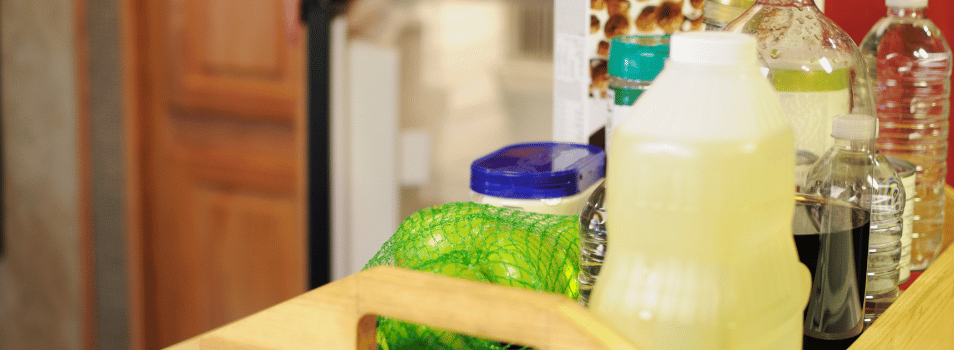
Food Storage and Waste Management
Proper food storage and waste disposal help keep critters safe from harm. When human food is left out, it draws in animals like bears, racoons or squirrels. This can change what the animals eat and how they act.
Trash and leftovers cause problems too. Animals might get stuck in them, and it can pollute the area if people do not throw them away the right way. By making sure to use good tips for food storage and waste handling, you help protect these outdoor spots for everyone, both people and animals like racoons and squirrels.
Proper Food Storage Techniques
Keeping food in the right way can help you stay away from animals like black bears, mountain lions, racoons, or even squirrels. You can keep people and pets safe by always storing meals and pet food in tight containers when you are able to. Don't put food scraps on campfires.
Here’s a helpful table on the best storage methods for animals you may find:
|
Animal Type |
Storage Technique |
|---|---|
|
Black Bear |
Use safe containers or bear lockers. Do not leave things with strong smells outside. |
|
Racoons |
Keep trash bags or boxes closed tightly. |
|
Mountain Lion |
If tenting, put food far from your tent and lock it in a bin. If RVing, keep all food inside. |
|
Critters (e.g., squirrels) |
Make sure all food is stored where critters can't get to them |
Pick the best way for where you camp. This helps everyone stay safe and lets animals like black bears, mountain lions, racoons, and squirrels keep their own space, too.
Safe Disposal of Trash and Leftovers
Throwing away food waste and trash the wrong way puts animals like squirrels and skunks in danger. To help, you should:
-
Put all your trash in a bag and tie it well before you throw it in the right bin. Bear proof bins are often provided in areas where bears are known to frequent.
-
Do not leave behind food scraps; animals such as squirrels and skunks might eat things that are not good for them by mistake.
-
Pick up your own trash right away and practice responsible recycling to keep the place clean.
Leaving the place tidy deters animals and makes it better for the next people who come to camp.
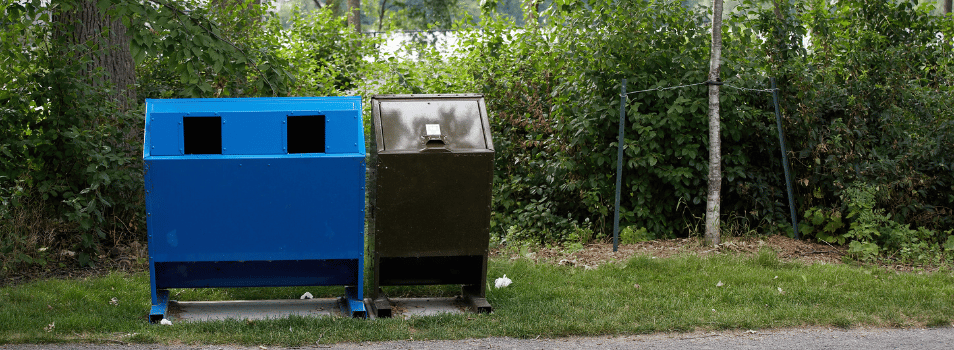
Recycle where possible and dispose of non recyclable items in bear proof bins
Interacting with Wildlife: Do’s and don’ts to keep wildlife safe
Wild animals can be very interesting to watch. It is important to be wise when you are around them. You should stay at a safe distance and not get too close, because that can be risky. Feeding or touching wild animals, even if you have good intentions, is not good. It can harm them and change the way they act in nature.
If you respect their space, you keep both them and yourself safe. When people are careful during each meeting with animals, it helps with conservation in the long run. Remember to be mindful. Let wild animals go on with their lives without us causing any problems.
Keeping a Safe Distance from Animals
Respecting boundaries with wild animals is very important. Always stay at a safe distance, especially if you see bears, moose, bison or coyotes.
There is an easy rule of thumb you can use. Hold out your arm. If your thumb does not cover the animal while you look at it, you are too close. This helps stop you from causing the animal stress or making it act aggressive. It lets wild animals keep acting in their normal way.
It is also important to keep your pets on a leash. Wild animals may see them as threats. Use caution and enjoy watching these animals from far away. Enjoy the peace they bring without getting too close.
Why Should You Never Feed Wildlife?
Feeding wildlife with human food, even when it looks safe, can hurt them in the long run. When you feed critters and prey such as squirrels and foxes, they may start to depend on this and forget how to get their own food. This can change what they eat and how they act to stay alive.
Animals that often eat human food can lose their fear of people or even act in a mean way. This makes things risky. There may be more vehicle collisions, and sometimes the animals may attack people. Bears, for example, may come into campsites for food. When this happens, the bears might be taken away or even killed because of how their ways change.
You can help keep their lives normal by not feeding them. This is one simple thing you can do and it makes a big difference.
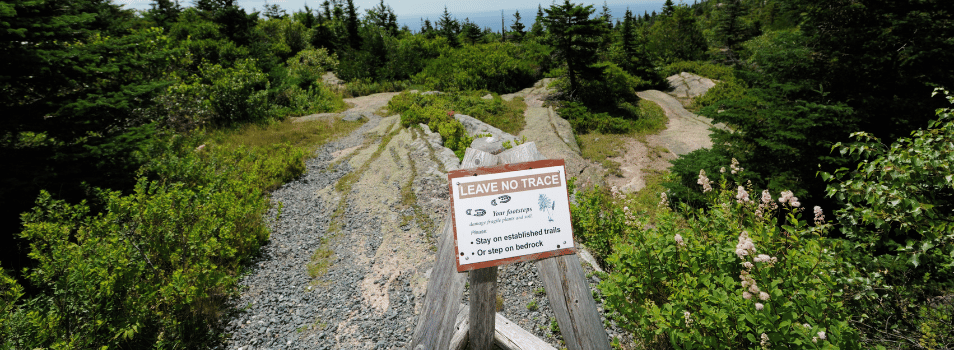
Practicing Leave No Trace Principles
Leave No Trace principles help keep outdoor places safe and clean for many years to come. When you pick up trash and help with caring for these areas, you help cut down on harm made by people.
Campsites and trails get better when campers follow these trace principles. If you are out hiking or spending time in a shady spot, doing your part to lower your impact is one way to show you are thankful to nature.
Reducing Your Environmental Footprint
Taking care of natural resources begins with small, careful steps. Try to do the following:
-
Do not use disposable plastics or harsh chemical sprays, because these hurt the environment.
-
Walk only on marked trails, so you do not harm the plants and animals that live there.
-
Pull out invasive plants near your campsite, but do not bother the wildlife while you do this.
Because of climate change, it is even more important now to follow these steps. The world’s ecosystems have gotten more delicate. If we all change the way we camp, we can help protect the outdoors for everyone.
Restoring the Site Before Leaving
Restoring your campsite is a way to show that you care about the area. It means you loved sharing space with the wildlife. When you leave, make sure to pack up all your gear and leave no trace of your presence. Check the spot for any trash. Clear away things like makeshift beds, so the area goes back to normal.
It is also important to keep predator and prey safe in this place. Make sure turtles, hatchlings, and monarch butterflies can get around easily when you go. Leave native plants where they are. This helps local animals to have a good home and life.
When you fix up your camp spot before you leave, you do something great for people and animals who will come next. These small actions help a lot with protecting nature.
Conclusion
In the end, keeping wildlife wild when you go camping is not just something you have to do. It is also a way to protect the outdoors for people in the future. When you know how the things you do can change the natural world around you, you can choose better ways to act. This includes things like storing your food the right way, trying to make less noise, and treating where animals live with care. By doing this, you and others can still have fun in nature and make sure animals are not put at risk. Don't forget that the outdoors is a place we all share with many amazing animals. They should be safe and treated kindly.
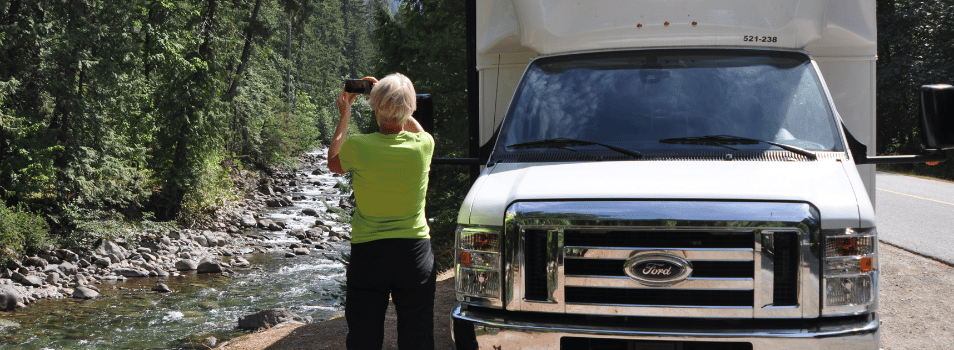
Frequently Asked Questions
What should I do if I encounter a bear or large animal?
Stay calm and do not go near the animal. Try to keep a safe distance. Use bear spray if you need to. Remember the rule of thumb to help keep space between you and the animal. If you see a black bear or mountain lion, back up slowly and stay steady on your feet. Your safety comes first.
Is it ever okay to feed wildlife in Canada?
Feeding wildlife with human food can change what they eat in the wild. This can make them depend on what people give instead of their own food. Even if you have good intentions, you can harm animals like critters and foxes. In national parks, feeding animals is not allowed because the rules are there to keep them safe and protect the area.
How can I keep my pet from disturbing wildlife while camping?
Keep your pet on a leash when you go out. This helps protect young animals and keeps wildlife safe in their homes. Always keep pet food packed away. Clean up any poop your pet leaves, and be sure to do this away from camping spots. Follow the local rules so everyone can have a good time and stay safe.
Are there special rules for camping near water sources?
Yes, do not bother hatchlings, turtles, or other water life in these places. It is good to follow the national park rules so you do not go into the homes of these animals. Do not touch water sources because that can harm the water and the animals that live and move in it.
What are the penalties for breaking wildlife protection laws in Canada?
Breaking wildlife laws like the Species at Risk Act can lead to tough punishments. You could get a fine or even go to jail. The conservation of nature in Canada is taken very seriously. If you cause collisions with animals or break any of these rules, the law sees it as a big problem.






